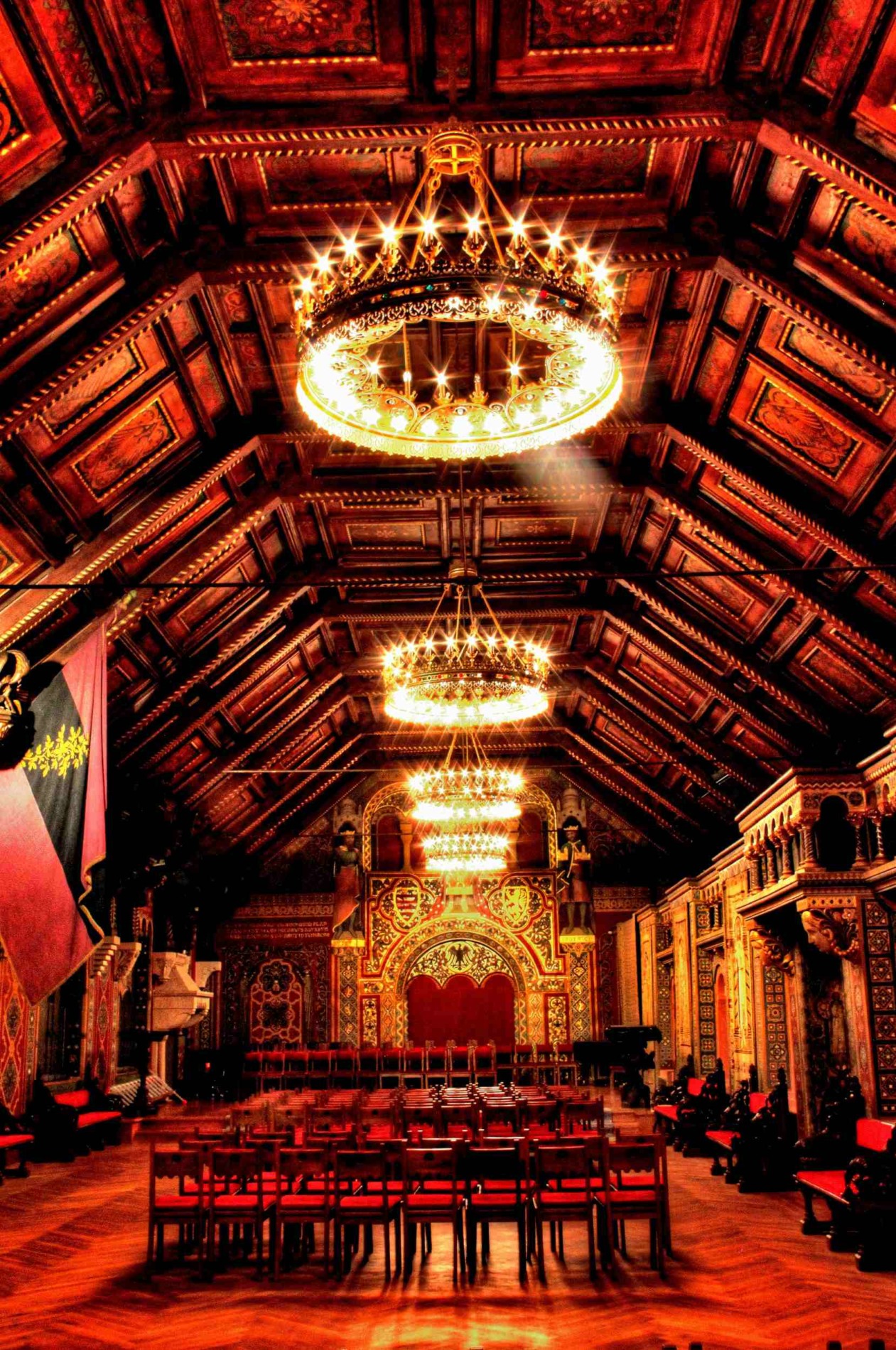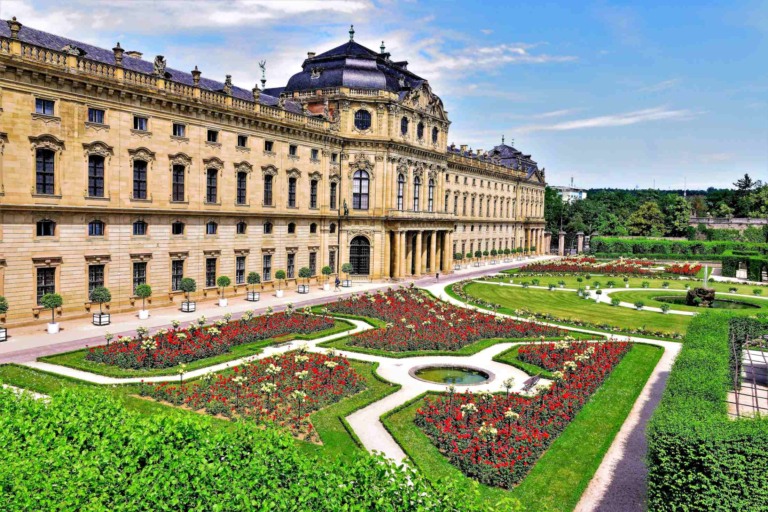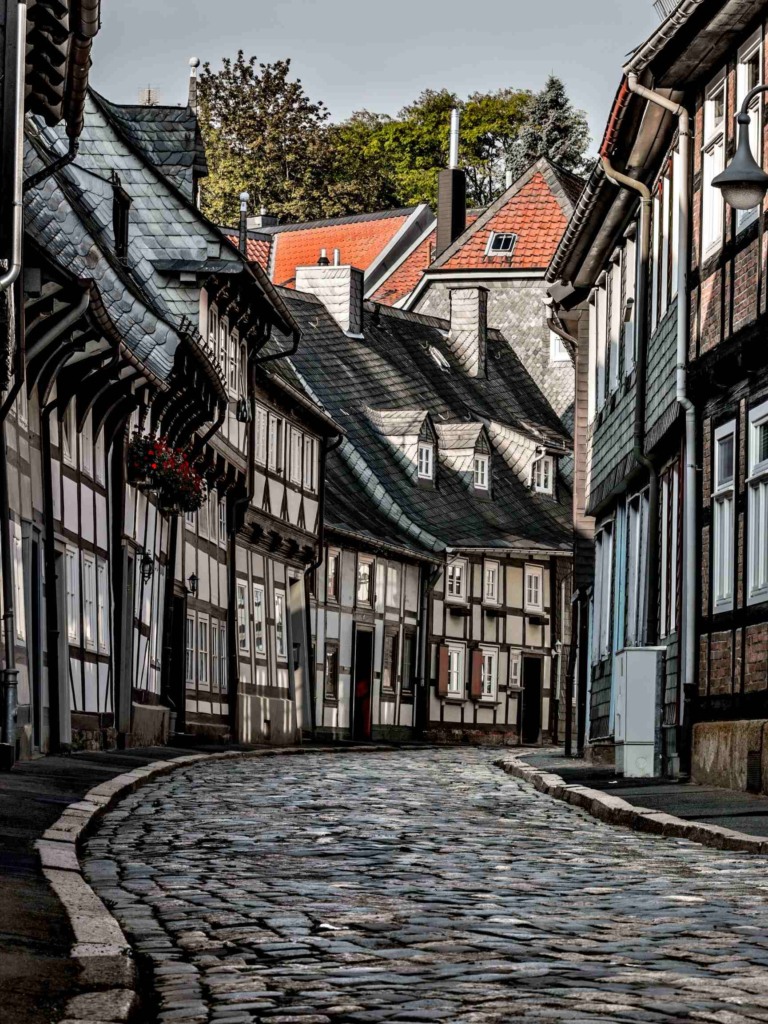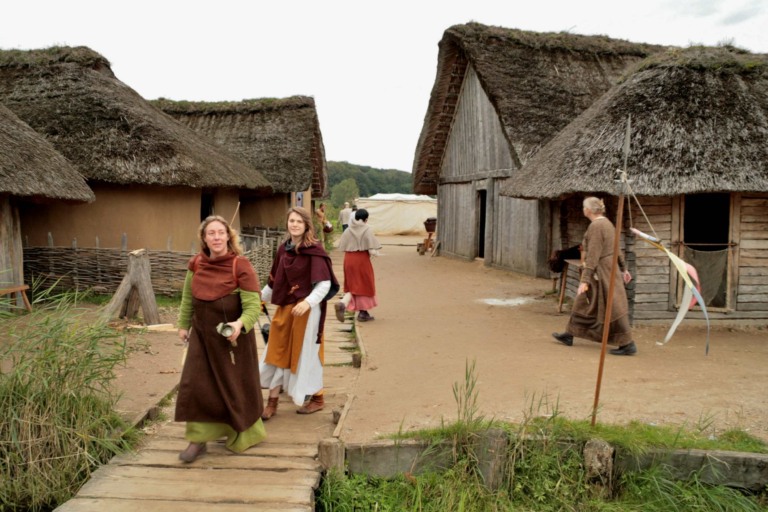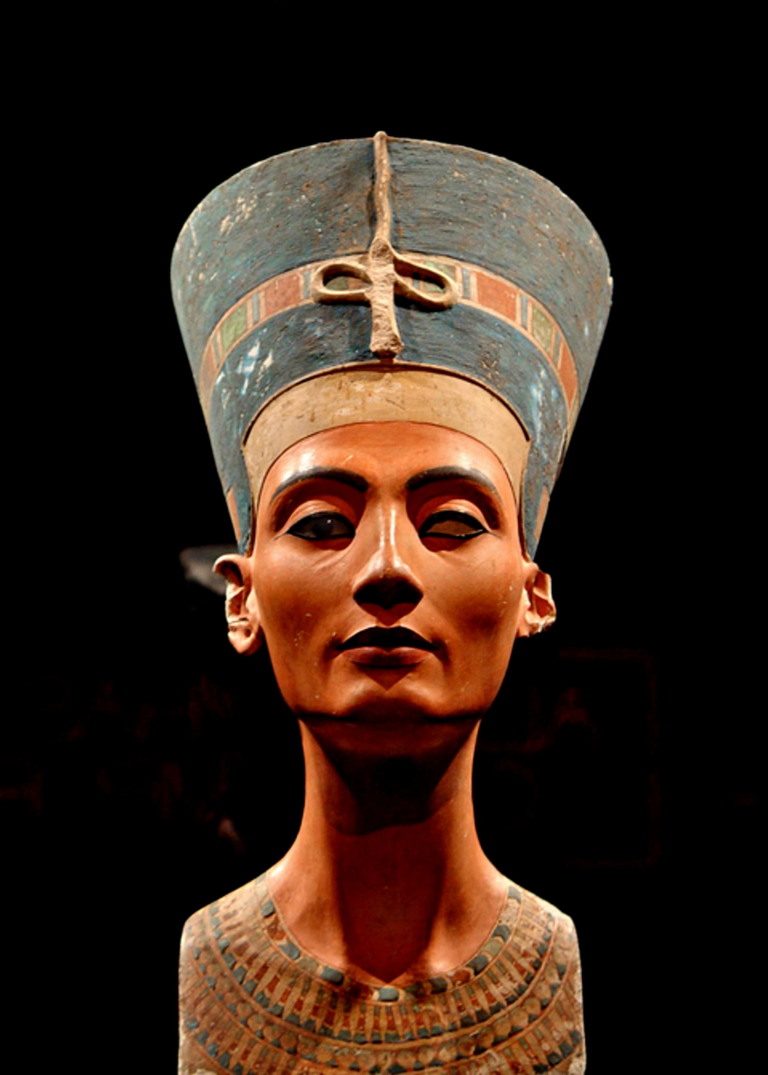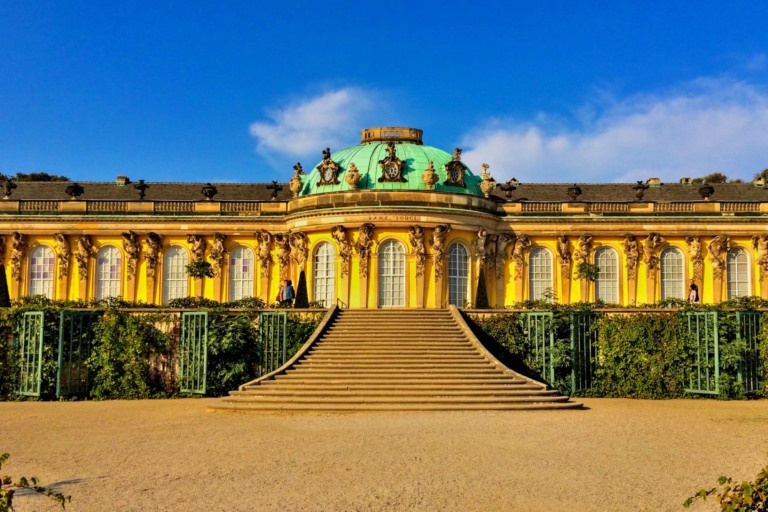Wartburg Castle was built in the Middle Ages. It is on a 410-meter (1,350-foot) cliff southwest of the town of Eisenach in the German state of Thuringia and looks out over it. It was where St. Elisabeth of Hungary lived, where Martin Luther translated the New Testament of the Bible into German, where the Wartburg fair was held in 1817, and where the possibly legendary Sangerkrieg is said to have happened.
Wartburg Castle History
When Ludwig II chose to build Neuschwanstein Castle, this was a big part of why he did it. The second most popular place to visit in Thuringia, after Weimar, is Wartburg. Even though there are still parts of the castle that were built between the 12th and 15th centuries, most of the interior was built in the 19th century. In 1067, the foundations for both Wartburg Castle and its bigger sister castle, Neuenburg, were laid.
Over the years, the castle got new parts, and it started to show a wide range of building styles, such as Romanesque, Gothic, Renaissance, and Historicism. By 1211, the prince’s court at Wartburg was one of the most important in the German Reich. The castle served as inspiration for poets like Walther von der Vogelweide, and it was also the site of the illustrious Sangerkrieg (minstrel battle) in 1207. Richard Wagner’s opera “Tannhauser” was based on the story of this great battle.
From 1211 to 1228, when she was engaged to Louis IV and then married him, St. Elisabeth of Hungary lived in Wartburg. However, Martin Luther may have been the most famous person to visit the house. From May 1521 to March 1522, Luther hid at the castle after Pope Leo X ordered him out of the church. Under the name Junker Jorg, he translated the New Testament from old Greek into German.
This made the Bible available to the people. Many of his fans still go to the house as a place of worship. But the castle’s unique past did not keep it from being forgotten and falling apart. During the Thirty Years’ War, everyone and everything in the area was hurt, and the castle slowly fell apart. But, over time, the spot was slowly brought back to its former beauty.
In 1817, students and fraternities held the first Wartburgfest here to celebrate the German victory over Napoleon. After the royal families moved out, the Wartburg Stiftung (Wartburg Foundation) was set up in 1922 to keep the house in good shape. The house was still there after World War II, when the Soviets took over, the country was split, and the German Democratic Republic took over.
In the 1950s, a lot of work was done to fix up the castle. In 1967, the GDR’s national jubilee was held there. It has also been the site of parties for Martin Luther’s 500th birthday and the Wartburg Festival’s 150th birthday. Wartburg Castle was put on the UNESCO World Heritage List in 1999 because it is a great example of a medieval building and has important religious and historical meaning.
What is there to see at Wartburg Castle Germany
The castle is Thuringia’s second-most popular tourist destination, after Weimar. If you want to avoid crowds, go to the castle on a weekday in the morning or late afternoon. This is especially true in the summer. The lavish rooms inside Wartburg Castle can only be seen on a guided walk. There are also walks in English. They were built in the 1800s and are impressive because they display tapestries, golden mosaics, medieval musical instruments, and valuable silverware.
The living quarters are on three floors and are thought to be the best example of a late Romanesque secular building north of the Alps that has been kept in good condition. The rich decoration of the “Festsaal,” or Festival Hall, is a show-stopper. The Festival Hall has great acoustics that were set up by Franz Liszt, who was the Director of Music of the Weimar Court Ensemble. The most interesting part of the walk, though, is Martin Luther’s small room.
Legend has it that Luther left the ink stain on the wall when he threw an inkwell at the devil. Visitors can walk around the grounds for free and look at the original castle buildings from the 1200s as well as the amazing views of the nearby countryside. Eagles, which are the sign of the Emperor, are painted on many buildings. There is also a museum on the spot that tells about more than 900 years of German history.
Throughout the year, there are many events at the castle, such as chamber music concerts, religious services in the castle church, Christmas concerts, and a medieval Christmas market. The Hunters’ Room is not only a part of the Eisenach Registry Office, but it is also a famous place for weddings and other events. After viewing the castle, the Wartburg Hotel is a great place to stay the night or eat at its elegant restaurant.
How to Go to Wartburg Castle
About 120 miles northeast of Frankfurt is the city of Eisenach. Wartburg Castle is easy to find because it stands tall over Wartburgallee Street in the south-west area of the city. Every day of the year, people can go to the house. Tickets for the tour cost 12 euros for adults, 8 euros for students, and 5 euros for children ages 6 to 14. People with a Thuringia Card and kids under 5 can visit for free. A historic drawbridge is the only way to get there.
- Drive to the castle of Wartburg. If you are coming by car, take the “Eisenach-Ost” turn off the A4 Autobahn. From there, follow the signs for Wartburg. Drive through the town on Wartburgallee, then turn off the B19 onto the twisting road that leads up to the castle. For 5 euros, you can park as much as you want.
- Take the bus or train. People can get to Wartburg by taking Eisenach’s city bus number 3 or the Luthershuttle, which goes from the city center all the way up to the castle. The bus stops at the Hauptbahnhof, which is the main train station.
- Walk or bike. Wartburg is in Thuringia Forest, and there are many nice ways to get to the castle, like the Hercules-Wartburg Cycle Route and the Rennsteig track. The Luther Trail goes up Schlossberg Hill and ends at the Wartburg Castle donkey stop. This is the best choice. It takes about 35 to 45 minutes to walk there.
- Take a donkey ride. The children’s donkey ride is one of the most popular things to do at Wartburg Castle. During the summer, you can take the 20-minute ride, which starts near where you park.
Things to Do in the Area of Wartburg Castle Luther
Martin Luther’s museum is in Ltherhaus Eisenach, which is the oldest half-timbered house in Thuringia. Bachhaus Eisenach is also a great place for people who like Johann Sebastian Bach. It is a museum about the famous Eisenach musician. The Thüringer Wald, also called the Thuringian Forest, is one of the most popular places to visit in the area.
It has woods that look like they belong in a fairy tale, and great Germans like Bach and Fritz Reuter praised its beauty. People can hike through most of the park today. The Rennsteig trail, which goes back to the 9th century and used to separate the states of Thuringia and Franconia, is one of the most popular routes. Drachenschlucht, which means “Dragon Gorge,” is a dramatic and kid-friendly place to hike.
